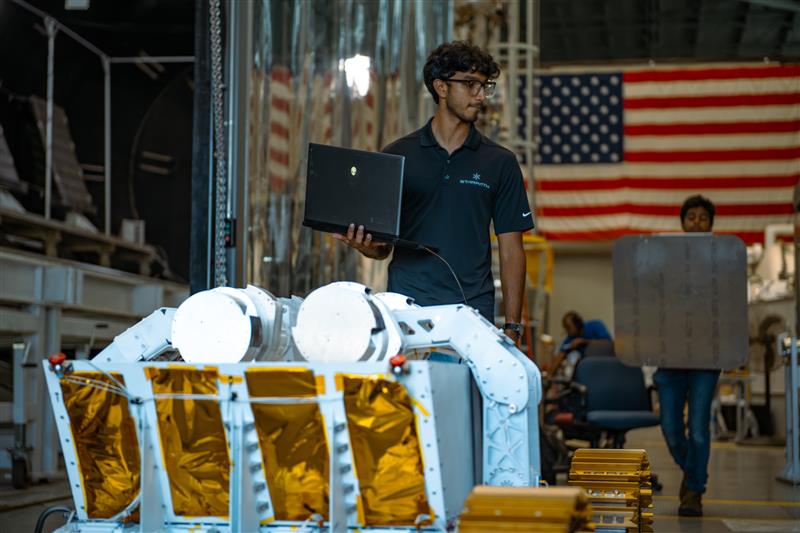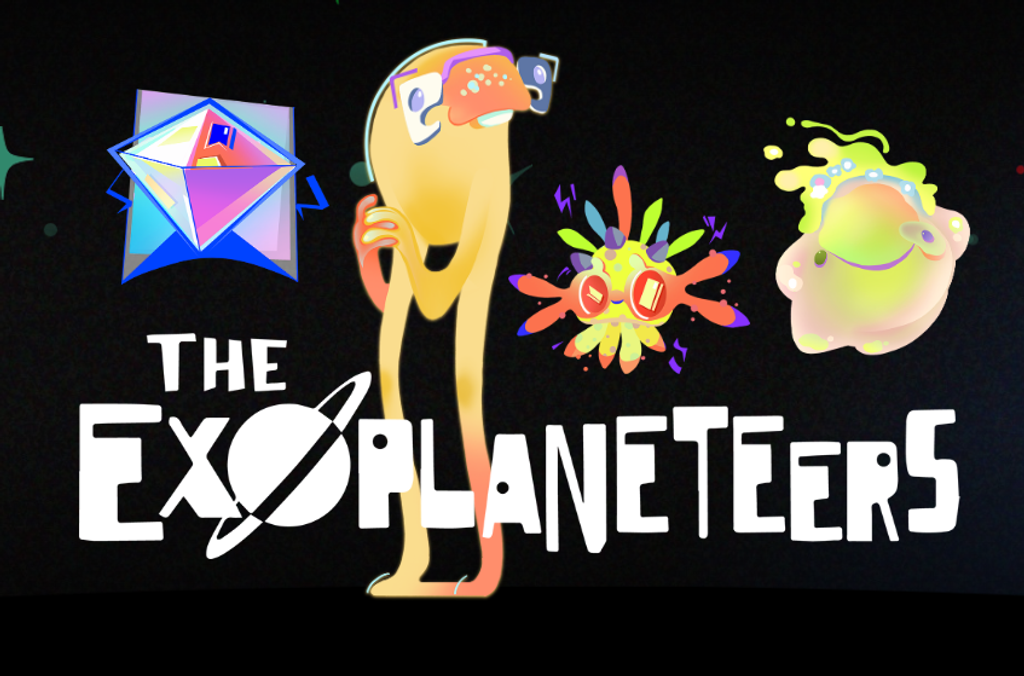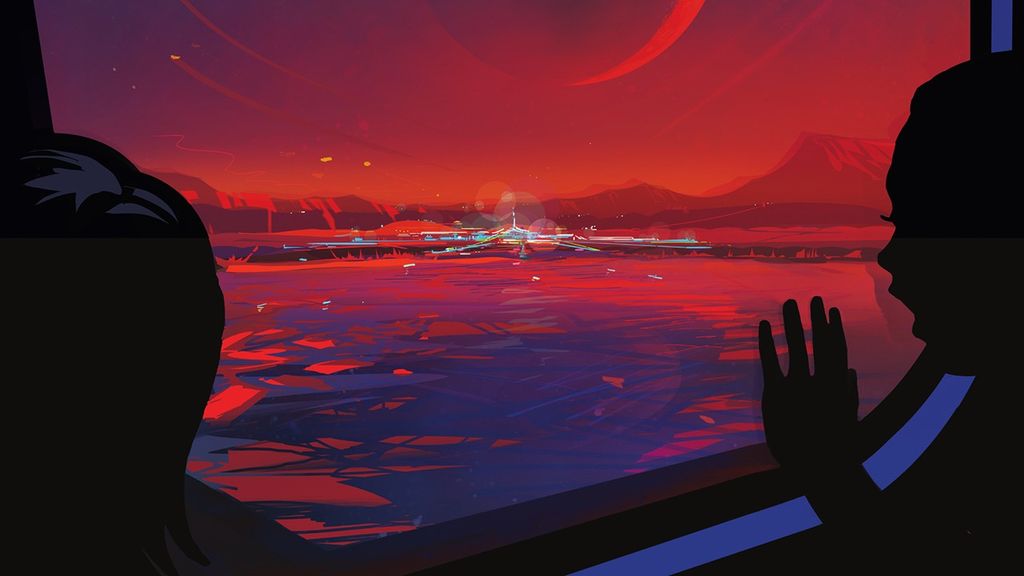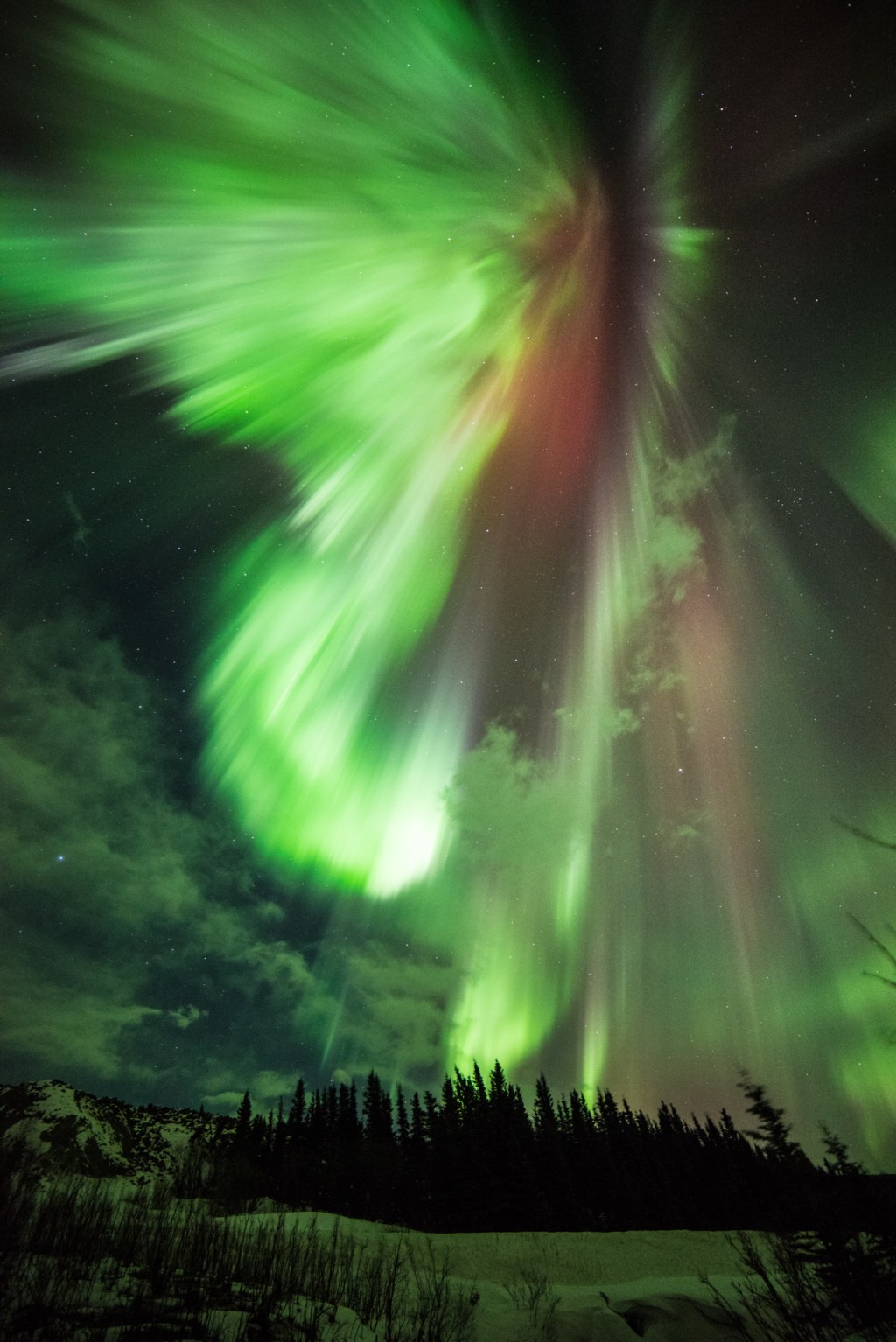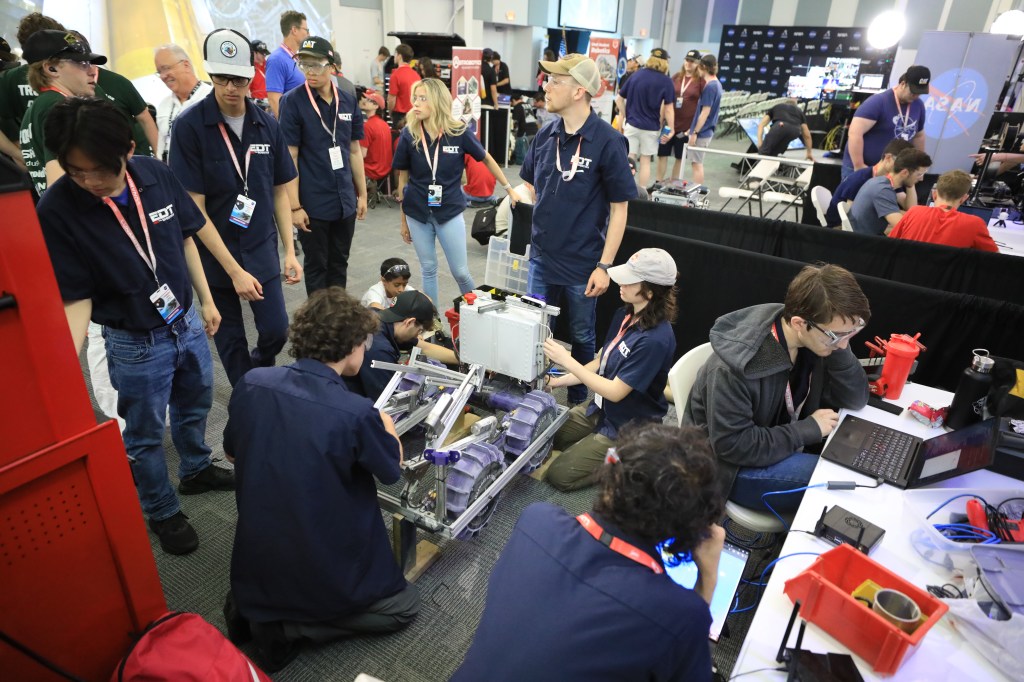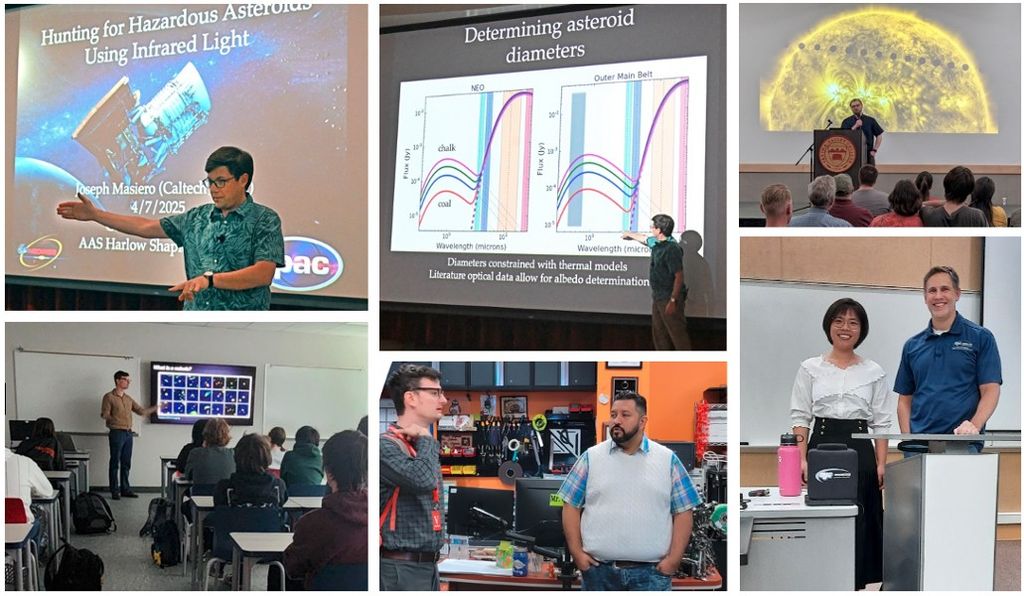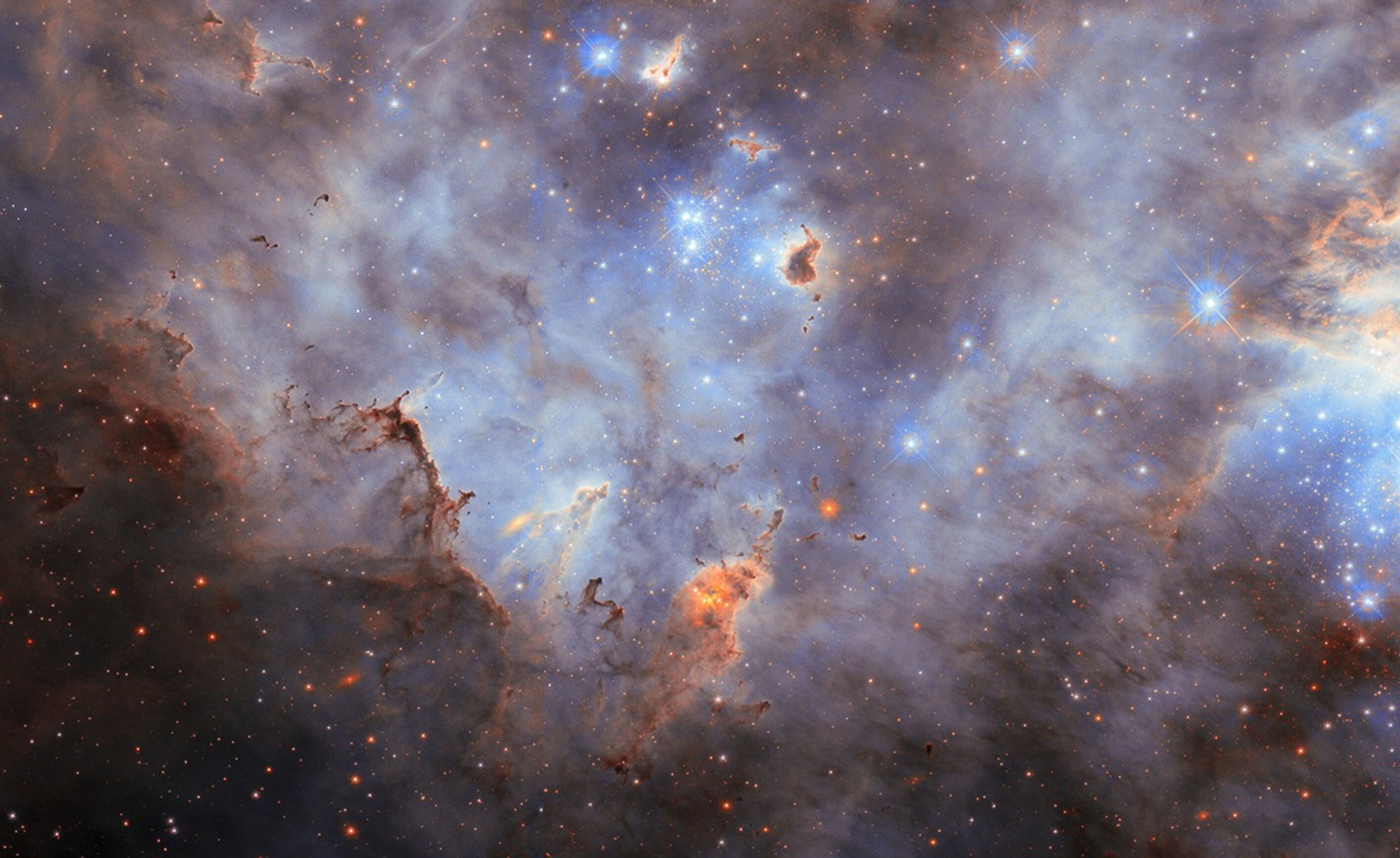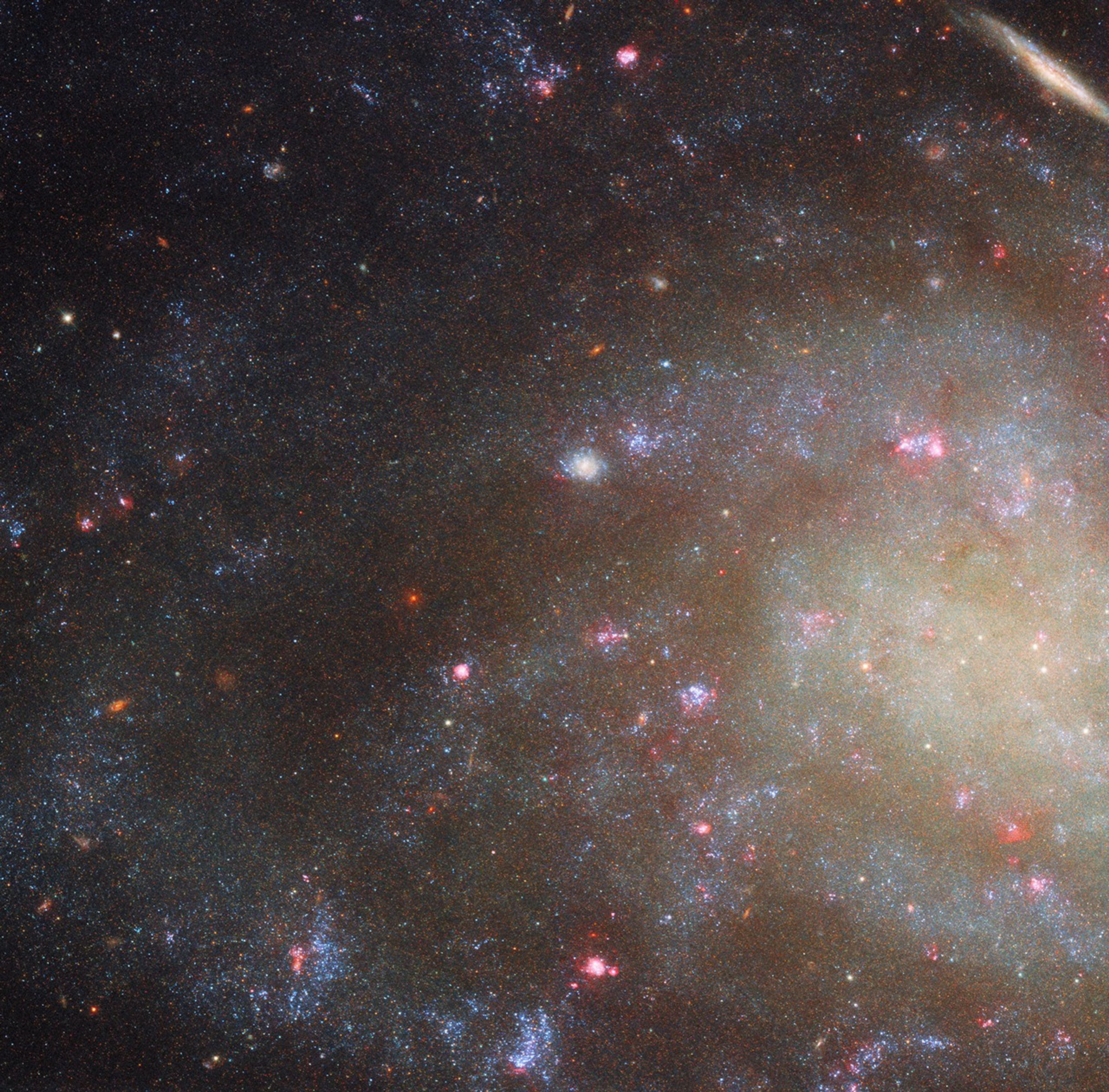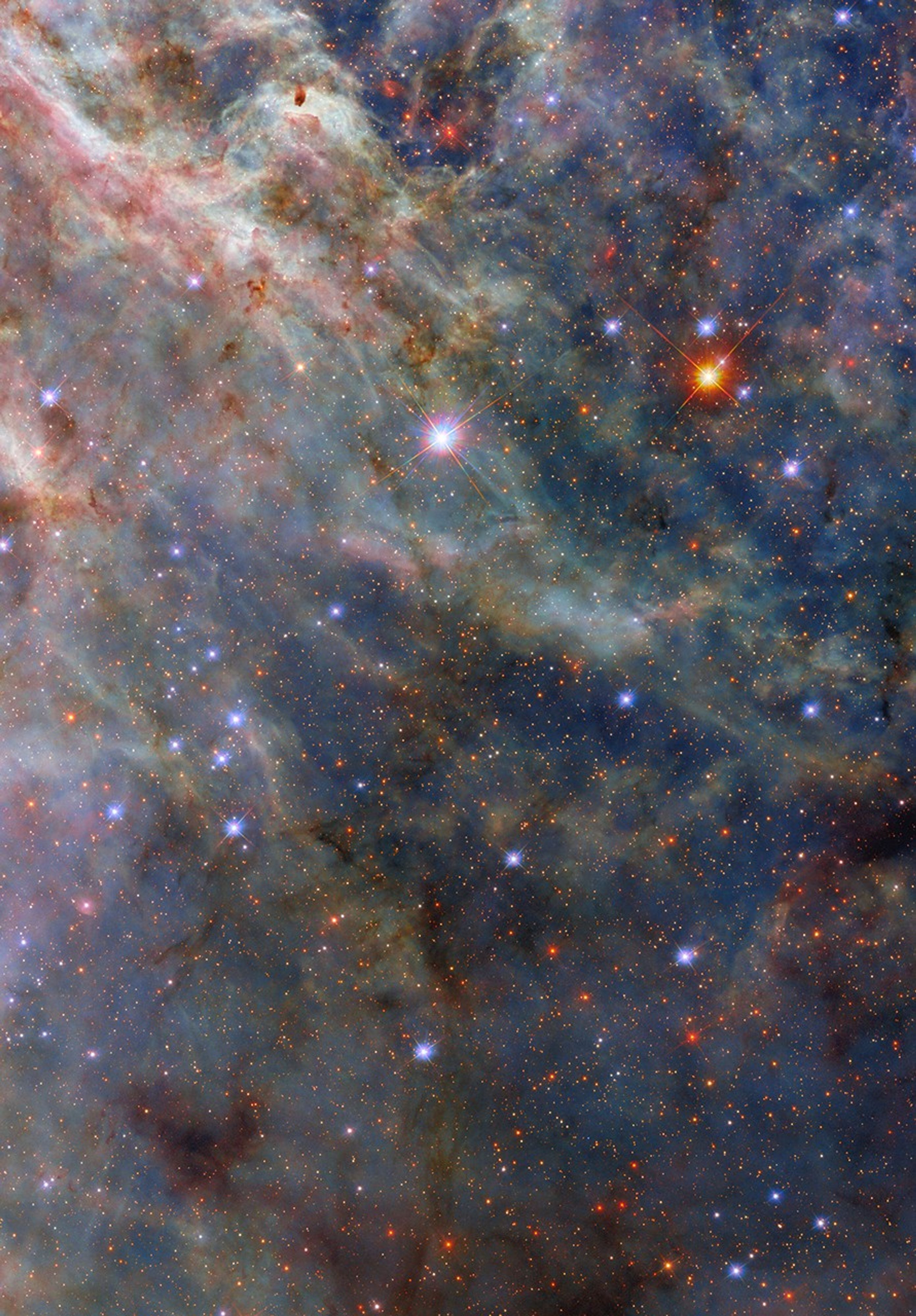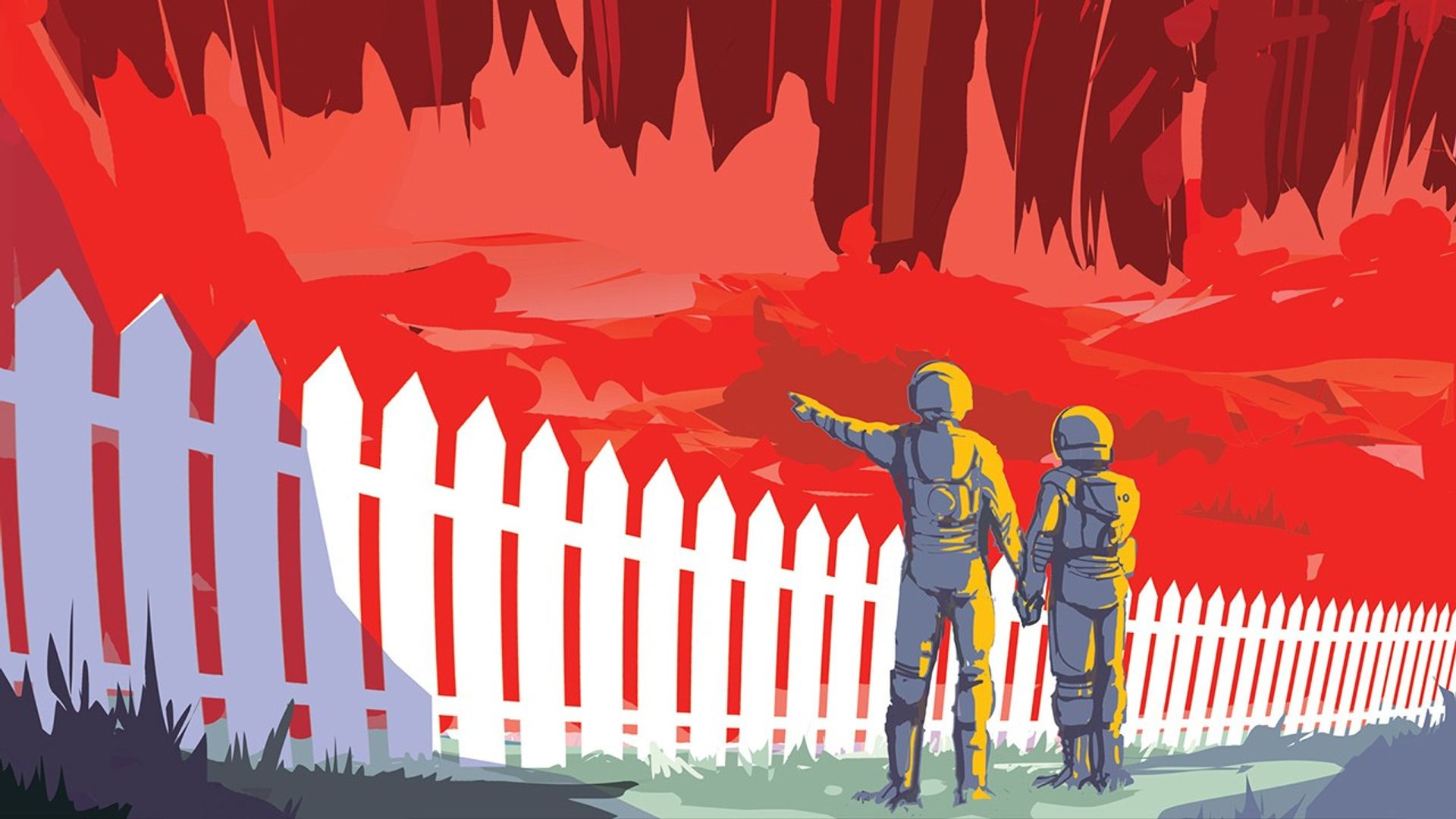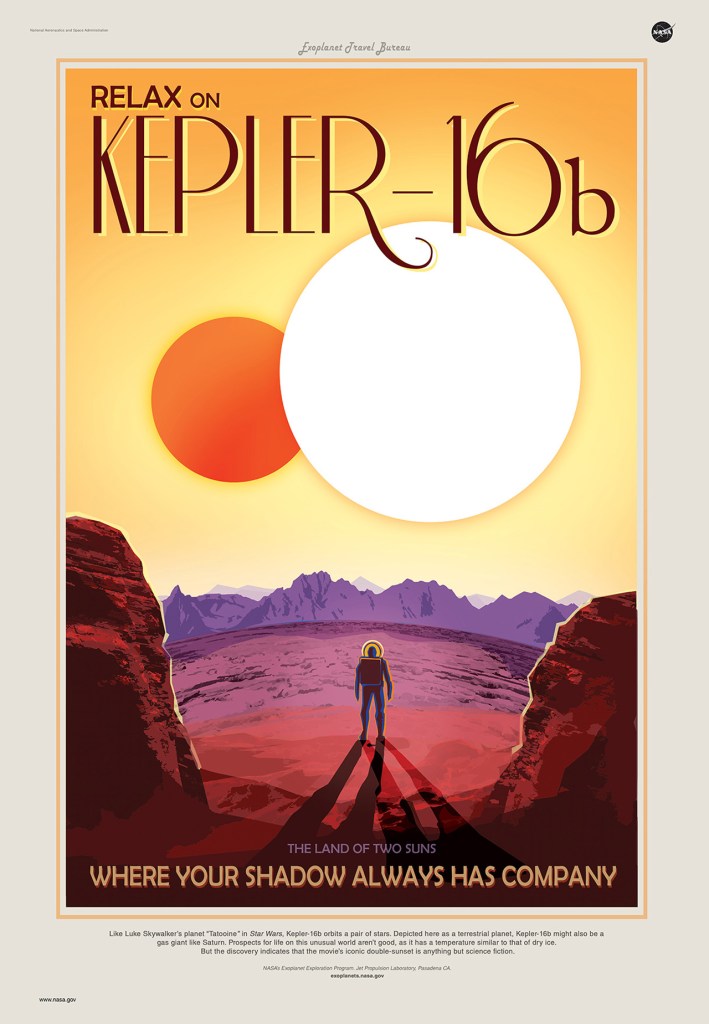Nebulae
Filters

Data from NASA’s Chandra X-ray Observatory and NASA’s James Webb Space Telescope combine to reveal an otherworldly view of the…
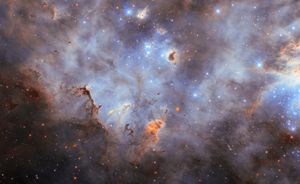
This new NASA/ESA Hubble Space Telescope image features a cloudy starscape from an impressive star cluster. This scene is in…

Our Fermi Gamma-Ray Space Telescope measures some of the highest-energy bursts of light in the universe to help scientists answer…

The inside of a star turned on itself before it spectacularly exploded, according to a new study from NASA’s Chandra…

This image released on Aug. 20, 2025, combines new radio data from the Australia Telescope Compact Array with X-ray data…
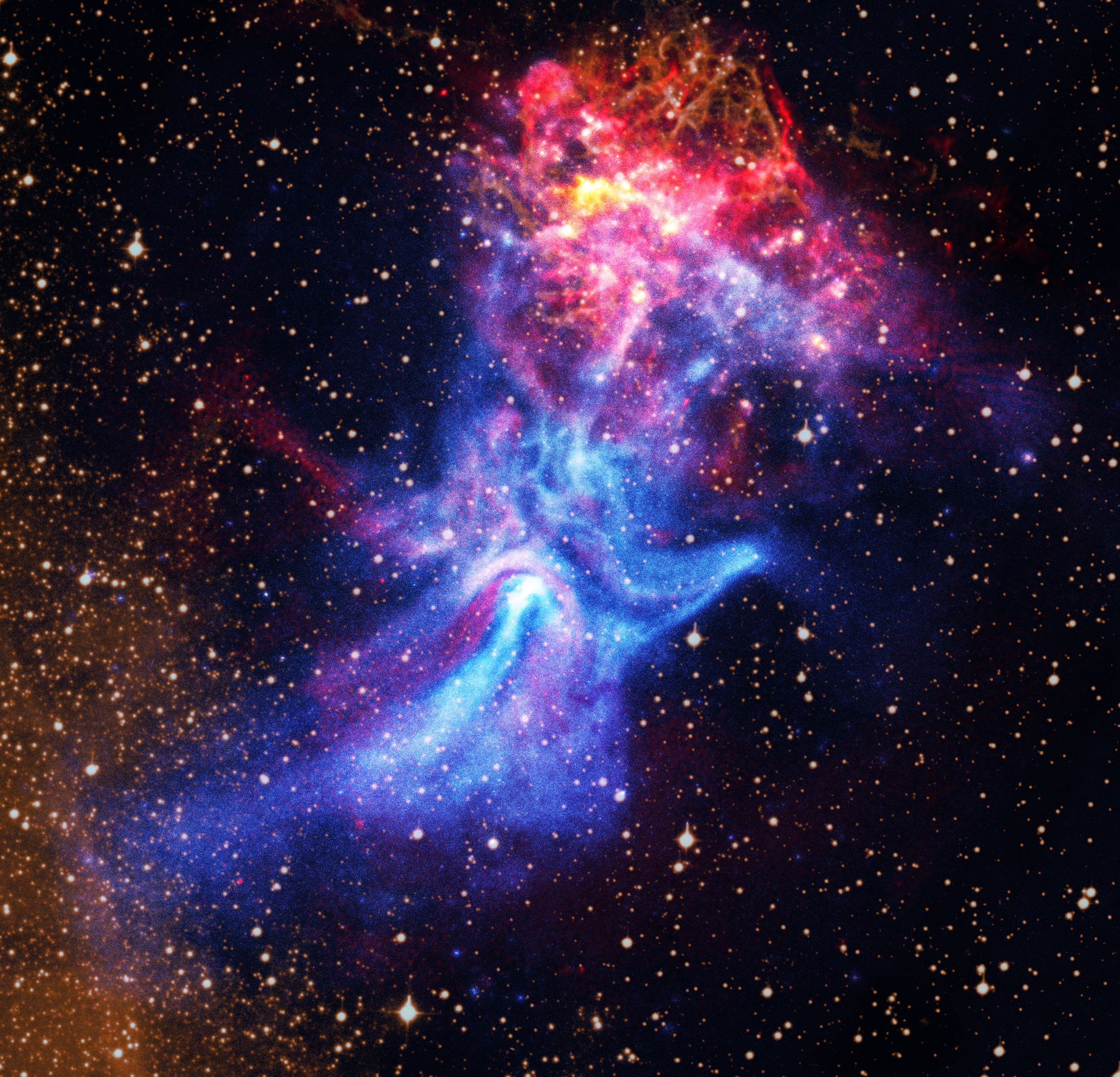
In 2009, NASA’s Chandra X-ray Observatory released a captivating image: a pulsar and its surrounding nebula that is shaped like…
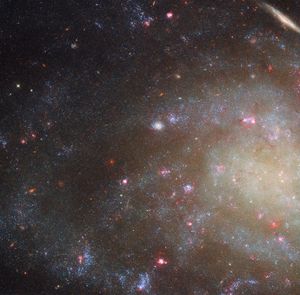
This NASA/ESA Hubble Space Telescope image zooms in on the feathery spiral arms of the galaxy NGC 45, which lies…
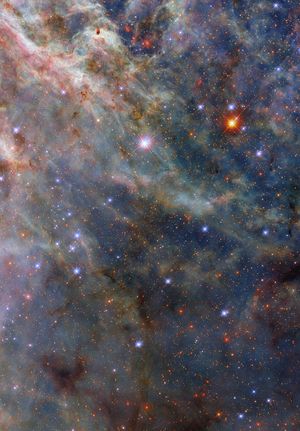
This NASA/ESA Hubble Space Telescope image captures incredible details in the dusty clouds of a star-forming factory called the Tarantula…

Technicians have successfully installed two sunshields onto NASA’s Nancy Grace Roman Space Telescope’s inner segment. Along with the observatory’s Solar…













